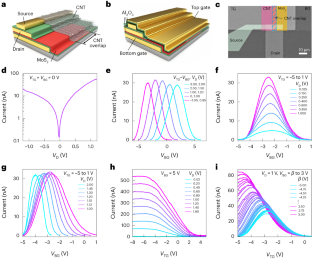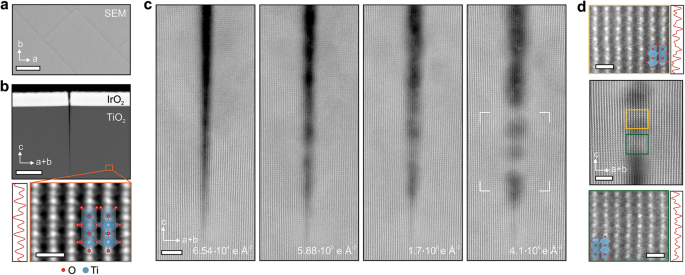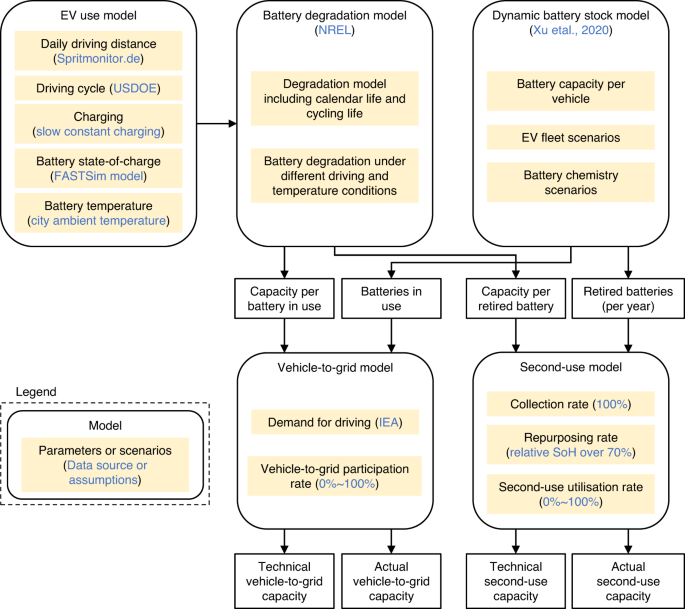クラウドに頼らずリアルタイムでAI分類を行うナノ電子デバイス Nanoelectronic device performs real-time AI classification without relying on the cloud
2023-10-12 ノースウェスタン大学
◆研究では、公開されている心電図(ECG)データセットから大量の情報を分類するためにこのデバイスを使用し、不整脈の正確な識別に成功し、さらに95%近い正確さで不整脈のサブタイプも識別できました。このデバイスにより、データをクラウドに送信する必要がなくなり、患者の貴重な時間が節約され、プライバシーが保護されます。
<関連情報>
- https://news.northwestern.edu/stories/2023/10/ai-just-got-100-fold-more-energy-efficient/
- https://www.nature.com/articles/s41928-023-01042-7
AIがクラウドに頼らずリアルタイムでAI分類を行うナノ電子デバイスを開発 Reconfigurable mixed-kernel heterojunction transistors for personalized support vector machine classification
Xiaodong Yan,Justin H. Qian,Jiahui Ma,Aoyang Zhang,Stephanie E. Liu,Matthew P. Bland,Kevin J. Liu,Xuechun Wang,Vinod K. Sangwan,Han Wang & Mark C. Hersam
Nature Electronics Published:12 October 2023
DOI:https://doi.org/10.1038/s41928-023-01042-7

Abstract
Advances in algorithms and low-power computing hardware imply that machine learning is of potential use in off-grid medical data classification and diagnosis applications such as electrocardiogram interpretation. However, although support vector machine algorithms for electrocardiogram classification show high classification accuracy, hardware implementations for edge applications are impractical due to the complexity and substantial power consumption needed for kernel optimization when using conventional complementary metal–oxide–semiconductor circuits. Here we report reconfigurable mixed-kernel transistors based on dual-gated van der Waals heterojunctions that can generate fully tunable individual and mixed Gaussian and sigmoid functions for analogue support vector machine kernel applications. We show that the heterojunction-generated kernels can be used for arrhythmia detection from electrocardiogram signals with high classification accuracy compared with standard radial basis function kernels. The reconfigurable nature of mixed-kernel heterojunction transistors also allows for personalized detection using Bayesian optimization. A single mixed-kernel heterojunction device can generate the equivalent transfer function of a complementary metal–oxide–semiconductor circuit comprising dozens of transistors and thus provides a low-power approach for support vector machine classification applications.



